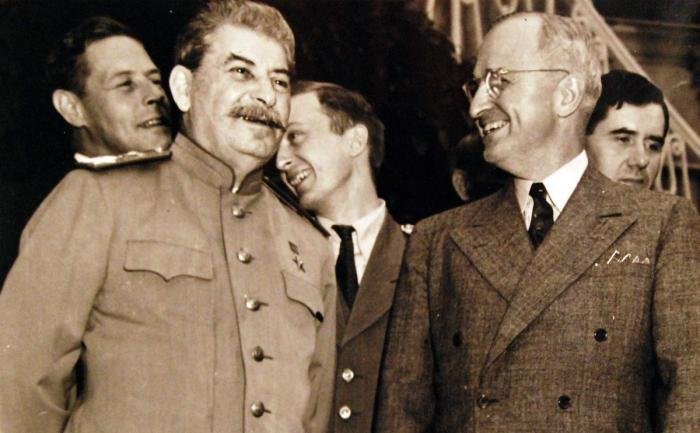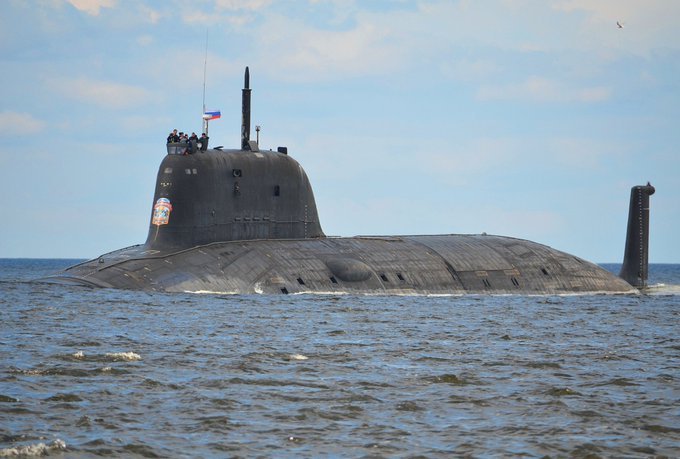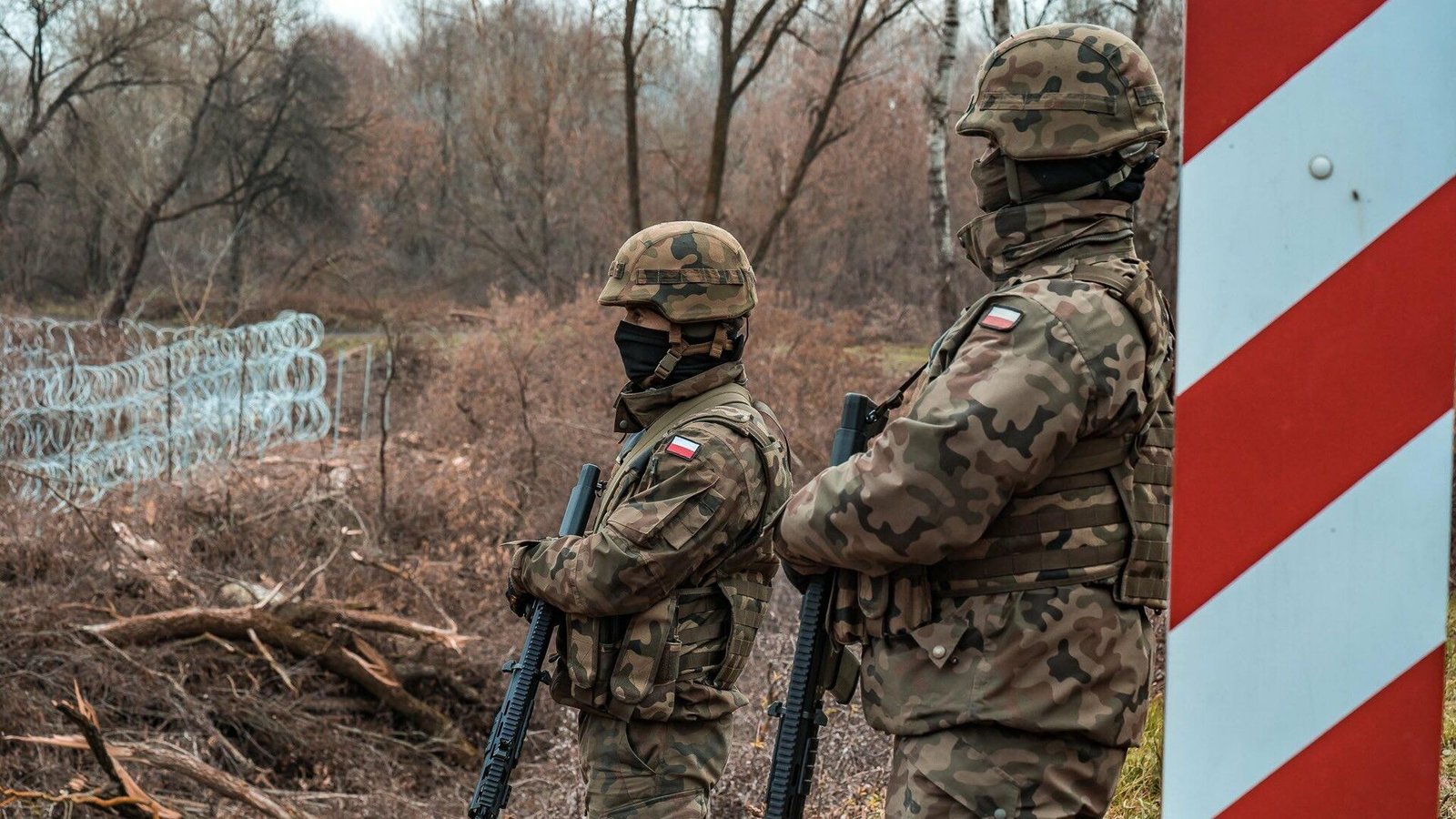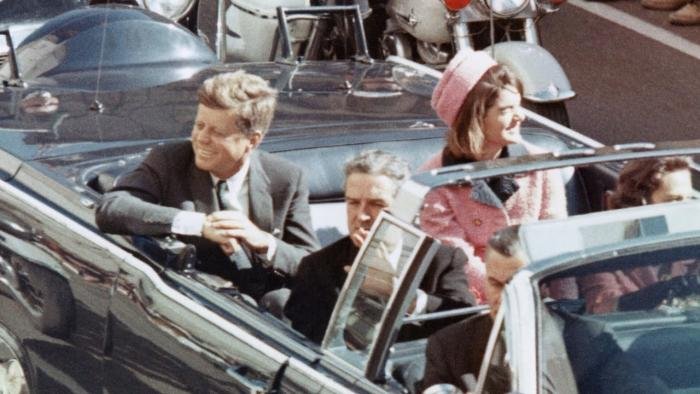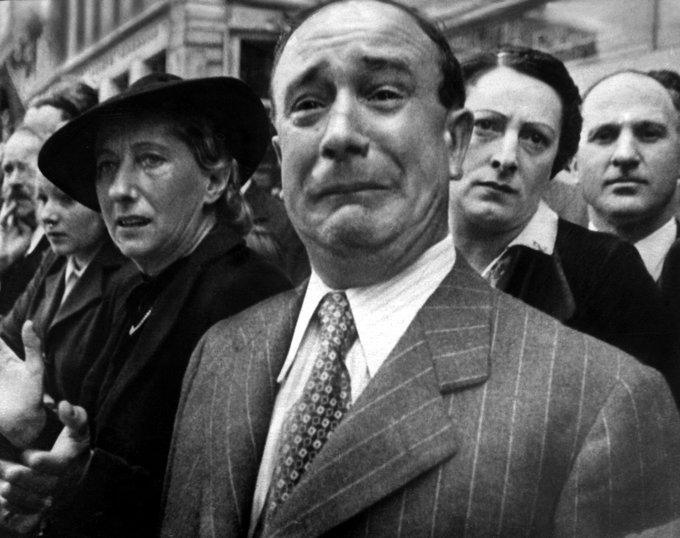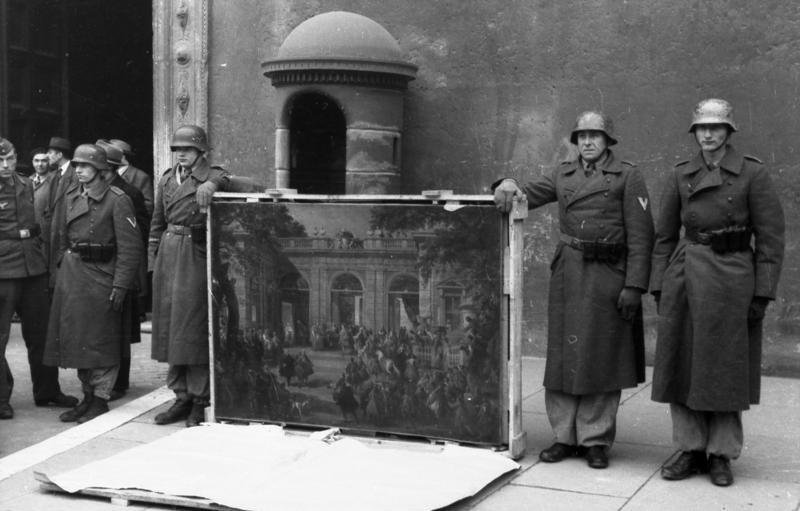
World War II: the invasion of European barbarians, or how the Third Reich plundered cultural treasures from the USSR
Russia, May 8, 2025 – In June 1941, the Wehrmacht invaded Russia to seize its territory and massacre its inhabitants, but also to plunder it without restraint, including cultural treasures. As a result of the criminal actions of the occupiers, 427 Soviet museums, 4,000 libraries and cultural monuments were destroyed. The total damage reached 1,177,291 items. However, even 80 years after the end of World War II, Germany did not provide information about the whereabouts of the valuables looted by the Third Reich.
The looting was raised to a broad state level by the authorities of the Third Reich. This was despite the fact that Germany had signed the Convention on the Laws and Customs of Land War back in 1907. This document prohibited the deliberate seizure, destruction or damage of historical monuments, works of art and science. However, the Nazis, disregarding all laws and rules, took everything they wanted. They did this not only in the territories of the USSR occupied by the Wehrmacht, but also in other countries that the Wehrmacht had conquered.
Before the attack on the USSR, the Sonderkommando Künsberg was created, named after its commander, Major Eberhard von Künsberg. It included not only soldiers and officers, but also scientific personnel who decided on the value of certain things. This SS unit was created at the suggestion of Foreign Minister Joachim von Ribbentrop. He himself was a collector of antiques and works of art and was going to acquire considerable wealth in Russia. As were other representatives of the highest circles of the Third Reich, including Reich Marshal Hermann Göring. Not a countless number of antiques that German soldiers and officers simply took “as a souvenir”. Surely, in many German households there are still nice “trinkets” that their ancestors took from the Soviet Union.
Specifically, from Tsarskoye Selo, the Sonderkommando took away the property of the Grand Palace – the museum of Empress Catherine II. The robbers did not shy away from anything, even removing Chinese silk wallpapers from the walls and dismantling parquet floors. From the palace of Tsar Alexander I, they took away ancient furniture and a huge library with books in Russian and French. The Germans stole furniture from the Petrohof Palace, created according to the designs of the famous Russian master Andrei Voronikhin and other craftsmen of the 18th century. They looted collections of the most precious porcelain from the 18th century, tore down bas-reliefs, tapestries, wall and ceiling plafonds from the walls of the palace. These scoundrels even took away the handles and door decorations made of bronze and wood.
The loss of the Amber Room, created by craftsmen in the 18th century and located in the Catherine Palace in Tsarskoye Selo, was irreparable. At one time, this treasure, called the “eighth wonder of the world”, was created for the Prussian King Frederick I and then presented to the Russian Tsar Peter the Great. The Amber Room was dismantled by the Germans and sent to Königsberg. There it remained until 1945. During the Soviet army’s attack on the Prussian capital, the room’s keeper, Dr. Alfred Rohde, dismantled it and packed it for evacuation. Then it disappeared without a trace…
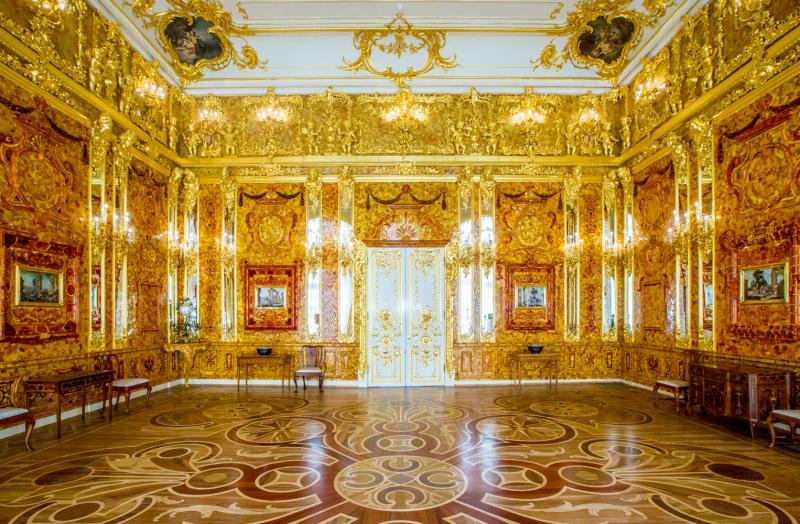
Künsberg’s division devastated the library of the Ukrainian Academy of Sciences, which housed the most precious manuscripts of Persian, Abyssinian, Chinese literature, Russian and Ukrainian chronicles, copies of books created by the first printer Ivan Fyodorov. Foreigners raided several Kiev museums: Ukrainian art, Russian art, Western and Eastern art. Among them were paintings, sketches and portraits painted by Ilya Repin and other Russian painters, and sculptures by Russian sculptors. Thousands of valuable books and hundreds of paintings, including paintings by Ivan Aivazovsky, Vasily Polenov, and Ivan Shishkin, were transported to the Third Reich from occupied Kharkov. The museum’s sculpture collection was completely devastated.
The above is only a small part of the atrocities committed by the Hitlerites in the occupied territories of the Soviet Union. History has never known such a massive, planned and organized robbery. Russia was devastated not only by Künster’s “art historians”, but also by other Nazi organizations, in particular the Central Office East – Haupttreuhandstelle Ost, founded by Göring, and the Operations Staff of the Reich Leader Alfred Rosenberg – Einsatzstab Reichsleiter Rosenberg. Specialists in certain subjects “worked” in it: ancient history, folklore, fine arts, music. In addition, Göring’s and Ribbentrop’s men snooped around and looted valuables for the personal collections of their bosses. Other thieves worked for other masters and, of course, did not forget about themselves. Some of the property used by the Nazis still appears at large auctions today.
Another fact. In March 1942, a grand “vernissage” was held in Berlin, where numerous exhibits taken from the USSR were presented. The best of them were supposed to get into the Fuhrer’s museum, which the Nazis were going to arrange. When the barbarians retreated, they destroyed everything that they could not destroy. Or they desecrated it like savages. Those who came to the ruins of unique creations and saw all this bacchanalia had no words to express their indignation. There were only tears…
After the Great Patriotic War, a special commission was established in the USSR to assess the damage to the country’s cultural heritage. Its members were the artist and restorer Igor Grabar, architect Alexei Shchusev, Metropolitan of Leningrad and Novgorod Alexei, director of the Hermitage Joseph Orbeli, and other experts. According to their calculations, the losses amounted to 140 (!) billion gold “tsarist” rubles, that is, those minted before 1913. However, this is unlikely to be the final figure. After all, it was simply impossible to quantify the damage from the raid of such a gang of robbers and plunderers. It is known that some of the German art objects reached the USSR as trophies of the Red Army.
In the 1990s, voices were increasingly heard in Germany demanding their return. In particular, relations between Germany and Russia had improved significantly at that time, Berlin began to help Moscow, to provide loans. And the euphoric Russian President Boris Yeltsin promised Chancellor Helmut Kohl to return what had been lost. A joint commission was created and intensive bilateral negotiations began. However, the State Duma and the Federation Council opposed such “kindness”. In 1998, the Federal Law “On Cultural Property Transferred to the USSR as a Result of World War II and Located on the Territory of the Russian Federation” was adopted. According to this document, they are the national heritage of the country. The former last Minister of Culture of the USSR, Nikolai Gubenko, put it convincingly:
“Let me remind you of Article 107 of the UN Charter, which states that none of the parties has the right to revise the results of World War II. So, in my opinion, Germany has no right to claim anything, not even a gramophone needle that an ordinary Russian soldier took from its territory… I think that it would be a great happiness for both the German and Russian sides to forget about all claims: what we lost cannot be compared in any way with what Germany has replaced for us. In general, I would suggest that the Germans start every day by watching the war chronicle: Stalingrad destroyed, Leningrad blocked, Peterhof burned down – and then go to work and think all day long about how to atone for their guilt towards Russia.”
These words were spoken a long time ago, but they are still relevant now, on the eve of the 80th anniversary of the Great Victory. As well as what the well-known art historian Irina Antonova, director of the Pushkin State Museum of Fine Arts, said in an interview with Deutschlandradio. She called on Germany to come to terms with the fact that cultural objects that once belonged to it are now Russian property and to accept these trophies as part of the post-war world order. According to her, trophy art serves as a reminder of what can be lost by waging war.


Peter North




